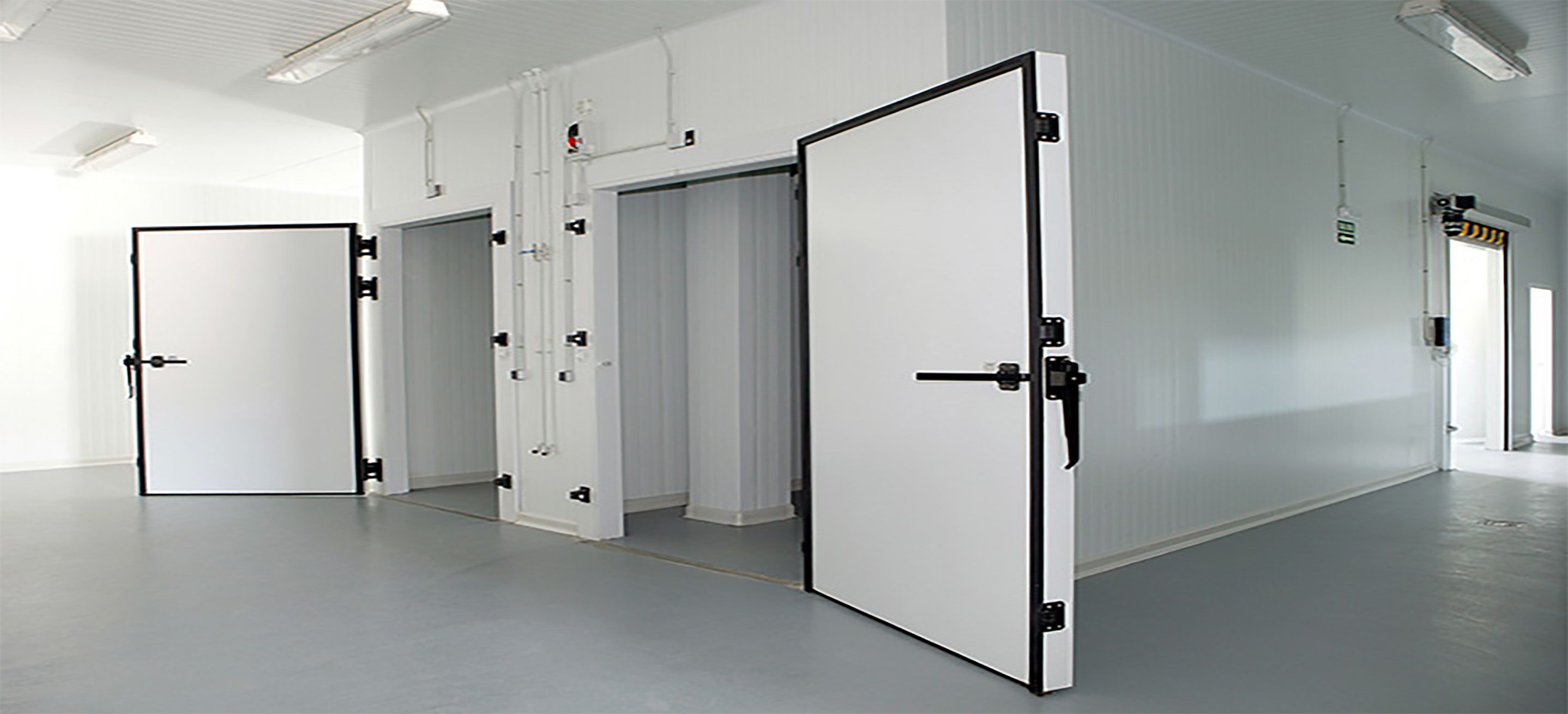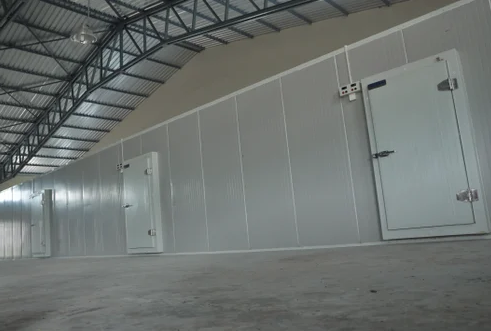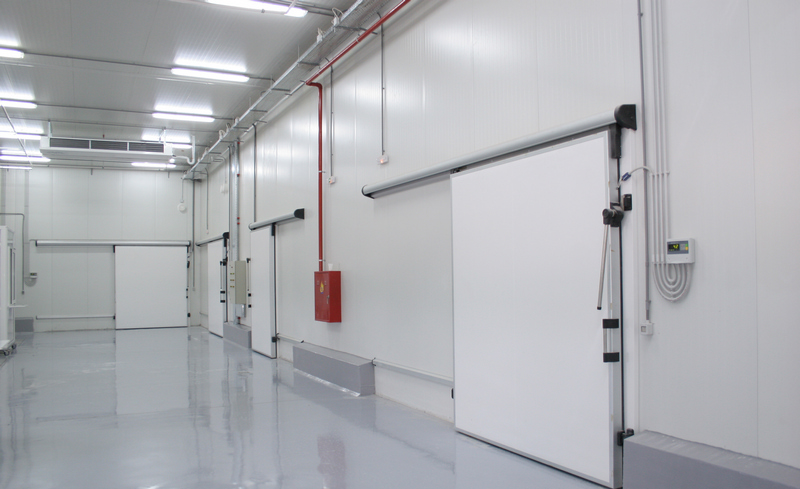Cold rooms are the most effective space for bulk handling perishable goods, especially fruits and vegetables, between production and marketing. It preserves the goods in its fresh condition. It is achieved through the maintenance of optimal temperature and humidity levels within the storage facility. It is necessary in the food industry and various other sectors like pharmaceuticals, biotechnology, and medical fields. Are you planning to have a new cold room for your business? Are you late in putting the resources into making or procuring a cold room? Get it now from AFRICHILL! They are the leading manufacturer & supplier of cold storage units in South Africa.

Choosing to store your goods in cold rooms has numerous advantages. But it will need proper care to run at its optimum level. Reputed cold room manufacturers recommend several things to run it at its optimum level. They have years of industry-related insight so you can have confidence. Follow those steps to deal with your new cold storage arrangement accurately. They recommend a few things to take care of your cold rooms appropriately.
Keep your cold room clean.
Do you believe your cold room should not function as productively as could be expected? You should keep your cold room clean! It should be free from dust and residue. So there will be no blockages for an ideal airflow.
Regular maintenance and inspection.
Regular maintenance is the best way to ensure that your cold room will be running most efficiently. Damaged components such as faulty roofing or cracked walls cause inefficient and inconsistent cooling. It is fundamental to have regular inspections and maintenance to manage risks.
Control the frequency of door opening
The cold room has a lower temperature than the outside environment. Each opening brings ambient air into the cold room, warming up the cold air. Therefore, it is important to avoid unnecessary door openings. Moreover, excessive opening and closing of the doors may lead to quicker deterioration of the strips. It might warm up the cold room, & cause inconsistent cooling. Further, the proper sealing of the doors is necessary to avoid wasting energy. So in case of any cracks or damage to doors and their seals, it is advisable to replace them as soon as possible.
Manage The Cold Room Space
How to achieve the best cooling effect? Check the storage space should not exceed 60% of the cold room. Do not overload the cold room as this tends to reduce cold storage efficiency. Keep enough space around the products for proper air circulation. Optimising the airflow between crates to keep produce at the ideal temperature and reduce the risk of warm spots.

Add insulated curtains
A door permits the cold air inside to get away and be replaced by hotter air from outside the room. Ensure doors are shut behind you as this forestalls the cold rooms from overwork. If you need it to open the door for longer then add an insulated curtain over it. They fit cosy against your walls, roof and floor and stop the wind flow.
Reach out to AFRICHILL
If you require any additional data about how to deal with your cold room, call AFRICHILL at +27 (0) 11 979 1885. They are one of the biggest cold room manufacturers with years of experience in the industry. They can respond to any inquiries you have about their scope of administration.


